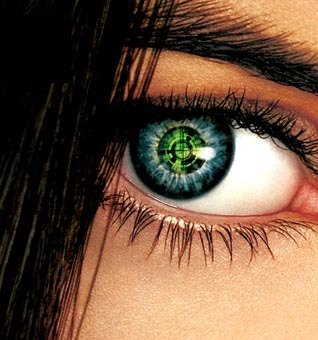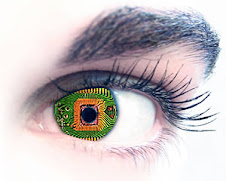
Last year , the University of North South Wales’ (UNSW) Australian Vision Prosthesis Group (AVPG) led by Professor Nigel Lovell said that a working bionic eye could be an Australian world-first by year 2020, “ if action is taken quickly.”
Lovell said that the bionic functional device can be a reality within 12 years with a concerted national effort, but “we need to act now if we want to take advantage of our technical edge. There are already some overseas trials of rudimentary bionic eye devices but we have certain designs which are more advanced.”
Lovell is absolutely right.
A US-based company named Second Sight may have pulled a fast one on them , having developed Argus II -- a bionic eye project , which has been fitted to 18 patients worldwide, including three at London's Moorfields Hospital.
Among those three patients is septuagenarian Ron, a 73-year-old patient who was made blind through retinitis pigmentosa, a group of inherited eye diseases that cause degeneration of the retina, is now a cyborg -- having been implanted with the said bionic eye.
The result: Ron can now follow white lines along the road, and even sort socks.
"For 30 years I've seen absolutely nothing at all, it's all been black, but now light is coming through. Suddenly to be able to see light again is truly wonderful... I can actually sort out white socks, grey socks and black socks. My one ambition at the moment is to be able to go out on a nice, clear evening and be able to pick up the moon," Ron reveals.
His wife Tracy is even more ecstatic. " He can do a lot more now than he could before, doing the washing, being able to tell white from a coloured item.
"I've taught him how to use the washing machine and away he goes. It's just the ironing next."
The experts explain how it works: “(The technology) uses a camera and video processor mounted on sunglasses to send captured images wirelessly to a tiny receiver on the outside of the eye.”
“In turn, the receiver passes on the data via a tiny cable to an array of electrodes which sit on the retina - the layer of specialised cells that normally respond to light found at the back of the eye. “
“When these electrodes are stimulated they send messages along the optic nerve to the brain, which is able to perceive patterns of light and dark spots corresponding to which electrodes have been stimulated. The hope is that patients will learn to interpret the visual patterns produced into meaningful images. “

Meantime, the experts say that the technology is in its “early days”, with more than two years of the trials left to run, and continued testing “will be crucial in determining the success of the new technology.”
Consultant retinal surgeon Lyndon dela Cruz, who carried out Ron's operation, said the patients were starting to get “meaningful visual stimuli from the technology”, with the implants stable and functioning for the last six months. He described the trials as “inspiring … presenting a very real and tangible step forward in treating patients with total vision loss.”
Second Sight’s Gregoire Cosendai is optimistic about the progress of the new technology: "We are not there yet, but what we are trying to see is how best they can use it in their normal life."












































No comments:
Post a Comment